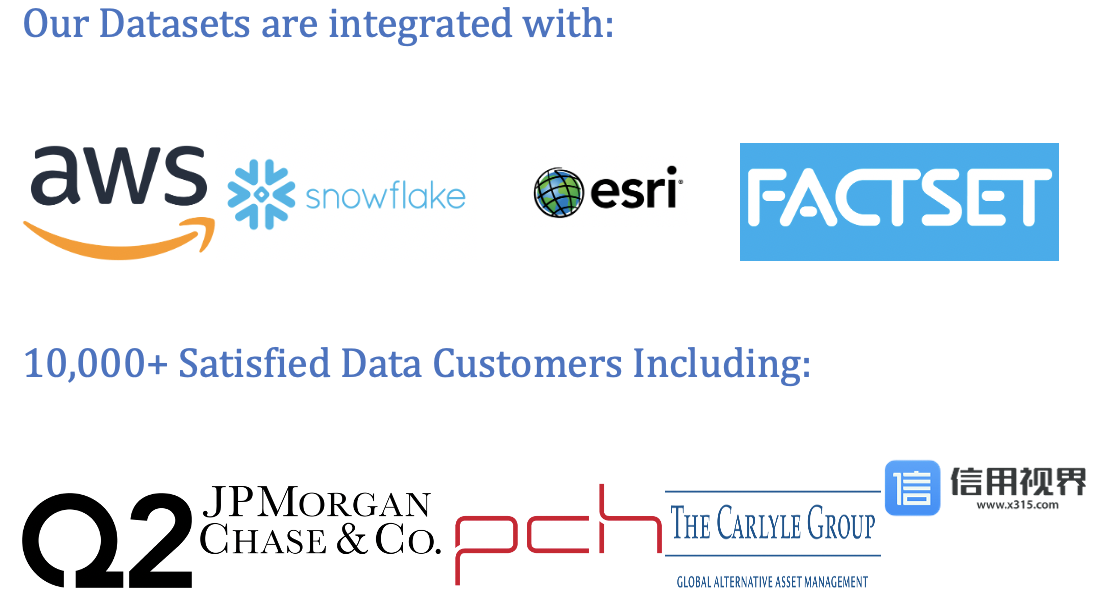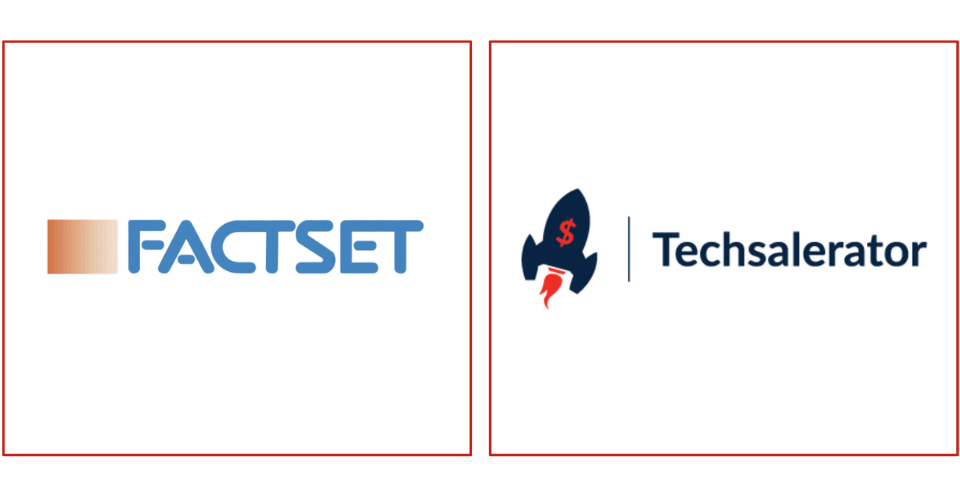
Top Water Quality Data Providers
Understanding Water Quality Data
Water Quality Data encompasses data collected from monitoring stations, sampling sites, and laboratory analyses conducted by government agencies, environmental organizations, research institutions, and private entities. It provides insights into the health and ecological status of water bodies, identifies sources of pollution, and evaluates the effectiveness of water management practices. Analyzing Water Quality Data enables stakeholders to make informed decisions regarding water treatment, pollution control measures, and regulatory compliance.
Components of Water Quality Data
Key components of Water Quality Data include:
- Chemical Parameters: Measurements of chemical substances present in water, such as nutrients (nitrogen, phosphorus), heavy metals (lead, mercury), organic compounds (pesticides, pharmaceuticals), and disinfection by-products (chlorine, bromine).
- Physical Parameters: Observations of physical properties of water, including temperature, turbidity (clarity), conductivity (electrical conductivity), dissolved oxygen (oxygen saturation), and total dissolved solids (mineral content).
- Biological Parameters: Assessments of biological indicators in water, such as algae, bacteria (E. coli, fecal coliform), macroinvertebrates, and aquatic vegetation, indicating the health and ecological integrity of aquatic ecosystems.
- Radiological Parameters: Measurements of radioactivity levels in water, including radionuclides (uranium, radium) and other radioactive contaminants, to ensure compliance with radiation safety standards.
Top Water Quality Data Providers
- Leadniaga : Leadniaga offers advanced water monitoring and analytics solutions, providing Water Quality Data management platforms and sensor technologies for real-time monitoring of water quality parameters. Their integrated systems enable continuous data collection, analysis, and reporting to support water quality management and decision-making processes.
- EPA Water Quality Portal: The U.S. Environmental Protection Agency (EPA) provides the Water Quality Portal, an online database consolidating water quality data from various federal, state, tribal, and local agencies. It offers access to water quality monitoring data, including laboratory results, field measurements, and quality assurance/quality control information, for research, analysis, and policy development purposes.
- USGS National Water Information System: The U.S. Geological Survey (USGS) operates the National Water Information System (NWIS), which collects and disseminates water data for surface water, groundwater, and water quality parameters across the United States. The NWIS database includes historical and real-time water quality data from monitoring stations nationwide, supporting water resource management and research initiatives.
- Aquatic Informatics: Aquatic Informatics offers water data management software and monitoring solutions for environmental monitoring agencies, water utilities, and research organizations. Their platforms enable data collection, analysis, and reporting of water quality data, facilitating compliance with regulatory requirements and informed decision-making processes.
Importance of Water Quality Data
Water Quality Data is crucial for water resource management and environmental protection for the following reasons:
- Public Health Protection: Ensures the safety of drinking water supplies and recreational water bodies by identifying and mitigating risks associated with waterborne contaminants and pollutants.
- Ecosystem Health: Supports the conservation and restoration of aquatic ecosystems by monitoring water quality parameters and identifying stressors that affect biodiversity, habitat quality, and ecosystem function.
- Regulatory Compliance: Enables regulatory agencies to establish water quality standards, develop pollution control measures, and enforce environmental regulations to protect water resources and public health.
Applications of Water Quality Data
The applications of Water Quality Data include:
- Drinking Water Monitoring: Ensures compliance with drinking water quality standards and guidelines by monitoring water treatment processes, distribution systems, and source water quality to protect public health and prevent waterborne diseases.
- Environmental Monitoring: Assesses the impact of human activities, land use changes, and natural disturbances on water quality by monitoring pollution sources, contaminant levels, and ecological indicators in surface water and groundwater systems.
- Habitat Restoration: Guides restoration efforts in degraded aquatic habitats by identifying water quality impairments, prioritizing restoration actions, and evaluating the effectiveness of habitat enhancement measures.
Conclusion
In conclusion, Water Quality Data plays a critical role in safeguarding water resources, protecting public health, and preserving aquatic ecosystems. With top providers like Leadniaga and others offering advanced water monitoring and analytics solutions, stakeholders can leverage Water Quality Data to monitor water quality parameters, detect pollution sources, and implement targeted interventions to improve water quality and sustainability. By harnessing the power of Water Quality Data effectively, communities, industries, and governments can work together to ensure the availability of clean and safe water for current and future generations.
Our Datasets are integrated with :



10,000+ Satisfied Data Customers including :








